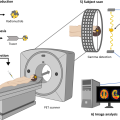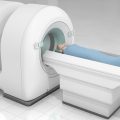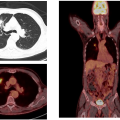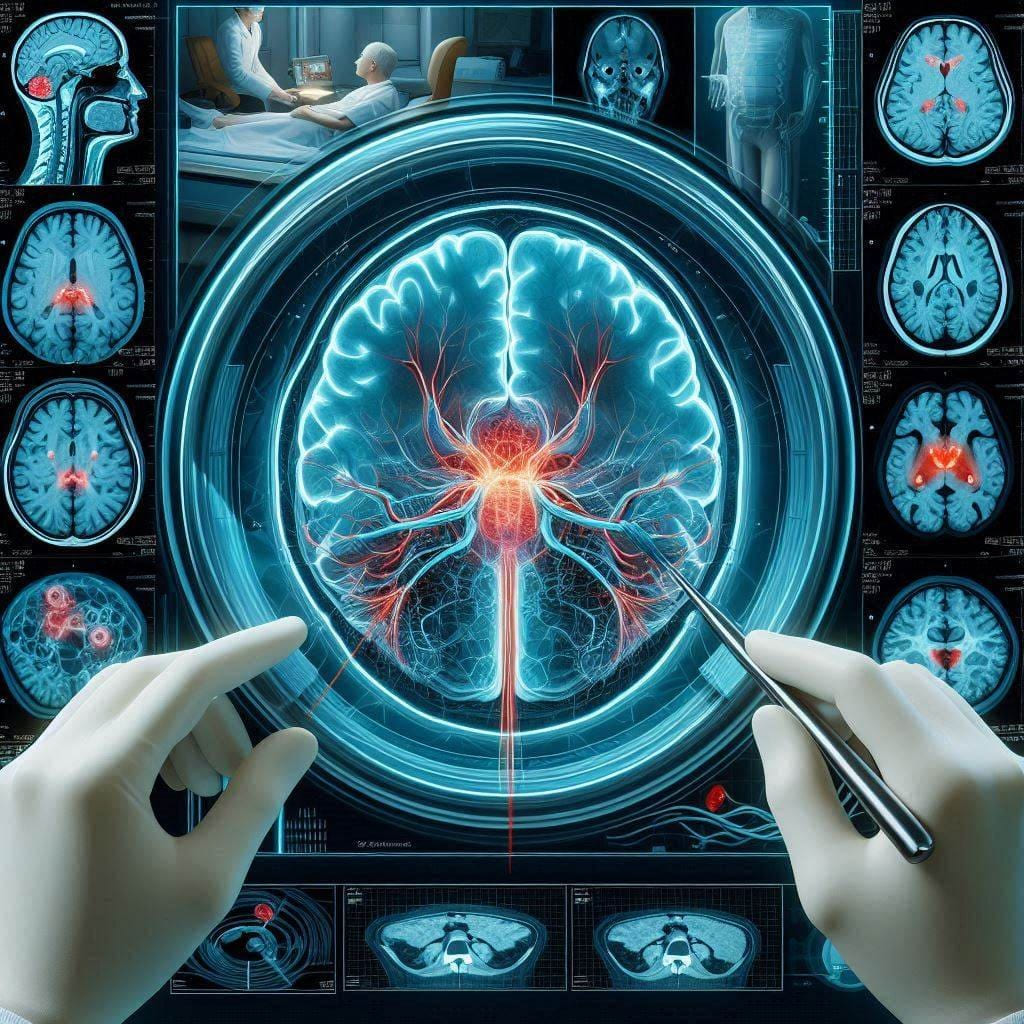
Can X-rays Detect Tumors?
In modern medicine, X-rays are a fundamental diagnostic tool used to identify a variety of health conditions, including tumors. But the main question remains: Are X-rays effective in detecting tumors? In this article, we will explore how X-rays work in tumor detection, the types of tumors that can be detected with this technique, the limitations and challenges associated with it, and the importance of using X-rays in diagnosis. We will also highlight how “Dokki Scan Center” can assist in this regard through their website dokki-scan.com.
How Tumors Are Detected with X-rays
Principle of X-ray Imaging
X-rays are a type of electromagnetic radiation that can penetrate different tissues in the body and produce internal images. The process of X-ray imaging involves sending a beam of X-rays from the X-ray machine through the body, where the rays pass through tissues and organs. X-rays are absorbed at different rates depending on tissue density; for example, bones absorb X-rays more than soft tissues like muscles and fat. These absorption differences produce a two-dimensional image on an X-ray film or electronic device.
Preparation for X-ray Examination
Before undergoing an X-ray exam, patients are asked to follow some steps to ensure accurate results. These steps include:
Removing Metallic Objects: Patients are asked to remove jewelry and other metallic objects from their bodies, as these can interfere with the X-rays and affect image quality.
Wearing Appropriate Clothing: Patients may be asked to wear special medical clothing or change their clothes to avoid interference with the image.
Avoiding Food and Drink: In some cases, patients may be asked to avoid eating or drinking before the exam, especially if a specific type of X-ray, such as abdominal X-ray, is needed.
How X-rays Contribute to Tumor Detection
X-rays can help detect tumors in several ways, but their effectiveness depends on various factors including:
Tumor Size and Location: Larger tumors or those located in easily accessible areas are more visible in X-rays. Smaller tumors or those in deeper areas may be less visible.
Density and Physical Characteristics: Tumors that cause significant changes in tissue density can be more clearly visible on X-rays. Tumors containing fluids or less dense materials might be less visible.
Tumors That Can Be Detected by X-rays
Respiratory Tract Tumors
Lung Tumors: X-rays are a primary tool in detecting lung tumors. These tumors can appear as masses or changes in lung structure. Larger tumors or those causing changes in surrounding tissue structure are more visible. However, small tumors or those in early stages may require additional techniques such as computed tomography (CT) for more detailed imaging.
Bronchial Tumors: X-rays can detect tumors originating in the bronchial tubes, especially those causing narrowing or changes in the airways. X-rays help determine the impact of tumors on the air passages.
Bone Tumors
Major Bone Tumors: X-rays are effective in detecting bone tumors, whether primary like bone cancers or secondary resulting from cancer spread from other areas. X-rays help assess changes in bone structure and determine tumor size and location accurately. Tumors may appear as abnormal masses or changes in bone density.
Assessing Bone Changes: X-rays reveal abnormal changes in bones such as erosion or expansion, which may be caused by a tumor. These changes help doctors determine tumor size and its impact on the skeletal structure.
Breast Tumors
Limited Role of X-rays in Breast Screening: X-rays are used in breast screening (mammography), but they are not the only tool available. Mammography provides detailed images of the breast and can help detect tumors not visible in other tests. If mammography results are inconclusive, additional techniques like MRI or ultrasound may be required for clearer imaging.
Abdominal Tumors
Visible Tumors: X-rays can detect large tumors in the abdominal area, such as large tumors in the liver or kidneys. Images help determine tumor size and location, providing important information for treatment planning. For more accurate assessment, other techniques like CT or MRI may be preferred.
Uses of X-rays in Tumor Diagnosis
Role of X-rays in Tumor Evaluation
Assessing Tumor Size and Location: X-rays provide important information about tumor size and location, helping doctors determine the next steps in treatment. X-ray images assist in planning surgical or radiation therapy by providing detailed information about tumor structure and surrounding tissues.
Monitoring Tumor Progress: After starting treatment, X-rays are used to monitor tumor progress and evaluate the tumor’s response to treatment. This helps determine if the treatment is effective or if adjustments are needed. X-rays can provide information on whether the tumor has shrunk or if there are new changes in the health condition.
Supplementary Techniques
X-rays with Contrast Media: To improve image clarity and accurately detect tumors, contrast agents may be used during X-ray exams. These agents enhance the visibility of small or less visible tumors in regular images.
Integrated Techniques: In some cases, combining X-rays with other techniques like CT or MRI may be preferred for comprehensive and detailed tumor imaging. This combination can provide three-dimensional views of the tumor and assist in providing a more accurate diagnosis.
Limitations and Challenges
Limitations of X-ray Accuracy
Difficulty Detecting Small Tumors: While X-rays are effective for detecting large tumors, they may be less capable of identifying small tumors or those in deep areas. In these cases, other techniques like MRI or CT may be more effective.
Two-Dimensional Imaging: X-rays provide two-dimensional images, which may result in loss of detail in some cases. Techniques offering three-dimensional imaging, such as CT scans, may provide more useful details for accurate diagnosis.
Potential Health Effects
Radiation Exposure: Although X-rays are generally safe, excessive radiation exposure can have long-term health effects. It is important to exercise caution and avoid unnecessary exams to minimize radiation risks.
Sensitivity to Contrast Agents: In some cases, contrast agents used to enhance images may cause sensitivity reactions. It is important to inform the doctor of any health conditions that may affect the exam.
Importance of Using X-rays in Diagnosis
Crucial Role in Early Detection
Early Tumor Detection: X-rays play a significant role in the early detection of tumors, increasing the chances of effective treatment and recovery. Early detection helps identify tumors in their initial stages, reducing the need for intensive treatments and increasing the chances of complete recovery.
Treatment Planning: The information provided by X-rays helps doctors determine the best treatment options based on tumor size, location, and its impact on surrounding tissues. This information is crucial for developing an effective and personalized treatment plan.
Facilitating Follow-up and Monitoring
Monitoring Treatment Progress: X-rays are used to track tumor response to treatment, helping doctors determine if the treatment is working effectively. This monitoring helps adjust treatment as needed for optimal results.
Evaluating Treatment Response: After treatment completion, X-rays are used to assess whether the tumor has shrunk or disappeared. This information helps determine if the treatment was successful or if further treatment or changes are needed.
Services at Dokki Scan
At “Dokki Scan,” we offer advanced diagnostic services using the latest X-ray technology. We are committed to providing the highest quality of healthcare by delivering accurate and comprehensive imaging.
Modern Technologies
We use the latest X-ray technologies to ensure high-quality images that contribute to precise diagnosis. Our advanced digital X-ray devices provide high clarity and reduced radiation exposure.
Personalized Care
Our specialized medical team provides a comfortable and safe medical experience for patients. We ensure to explain the examination process and address any questions to make the experience stress-free.
Medical Consultations
We offer medical consultations to help you understand your exam results and plan the next steps in treatment. Our team of radiologists and specialists is available to provide support and advice based on your examination results.
Summary
X-rays are a vital tool in detecting tumors and providing important information for diagnosing health conditions. Despite some limitations that may affect their accuracy in certain cases, they remain one of the most important diagnostic tools available.
If you need an X-ray examination or wish to consult a medical professional about your health conditions, we invite you to visit “Dokki Scan” via our website dokki-scan.com. We are here to support you and provide the necessary care to ensure better health and safety. By utilizing the latest technologies and best medical practices, we aim to offer precise diagnosis and effective follow-up for your health needs.
Feel free to contact us to schedule an appointment or for more information about our services. Your health and safety are our top priorities, and we are here to ensure you receive the best possible medical care.
Latest Blogs
- All Posts
- Blog











